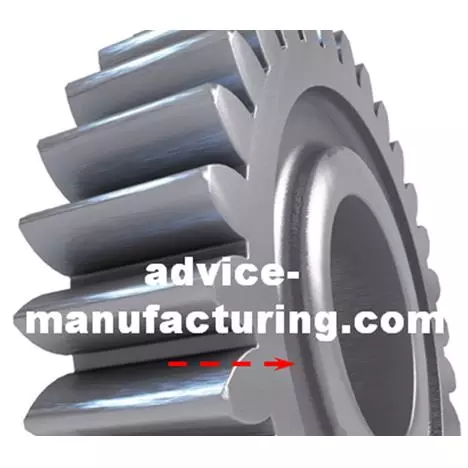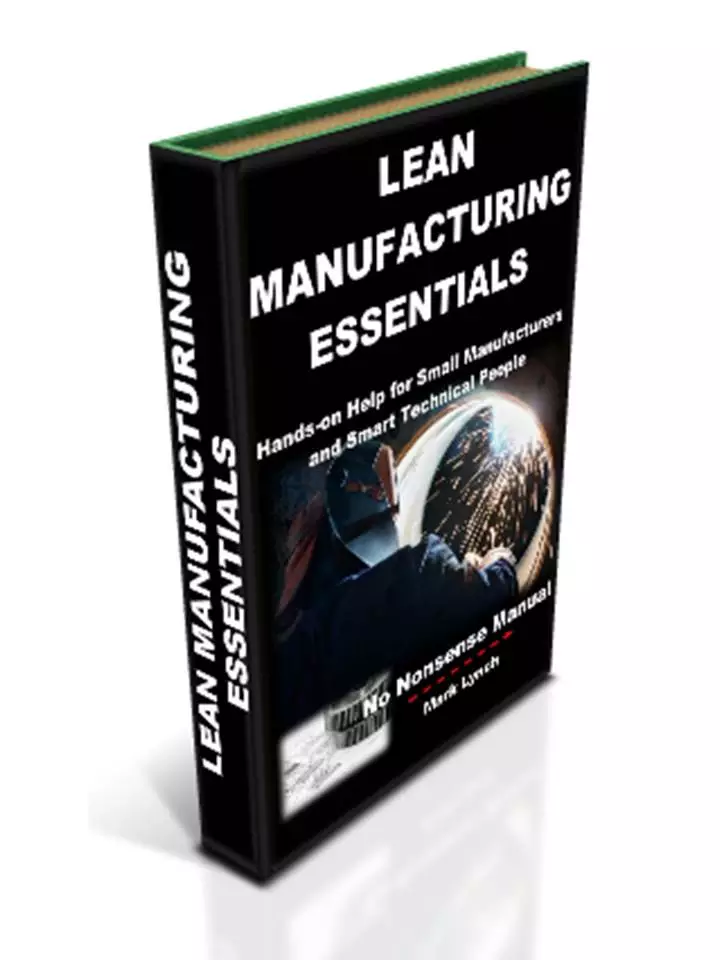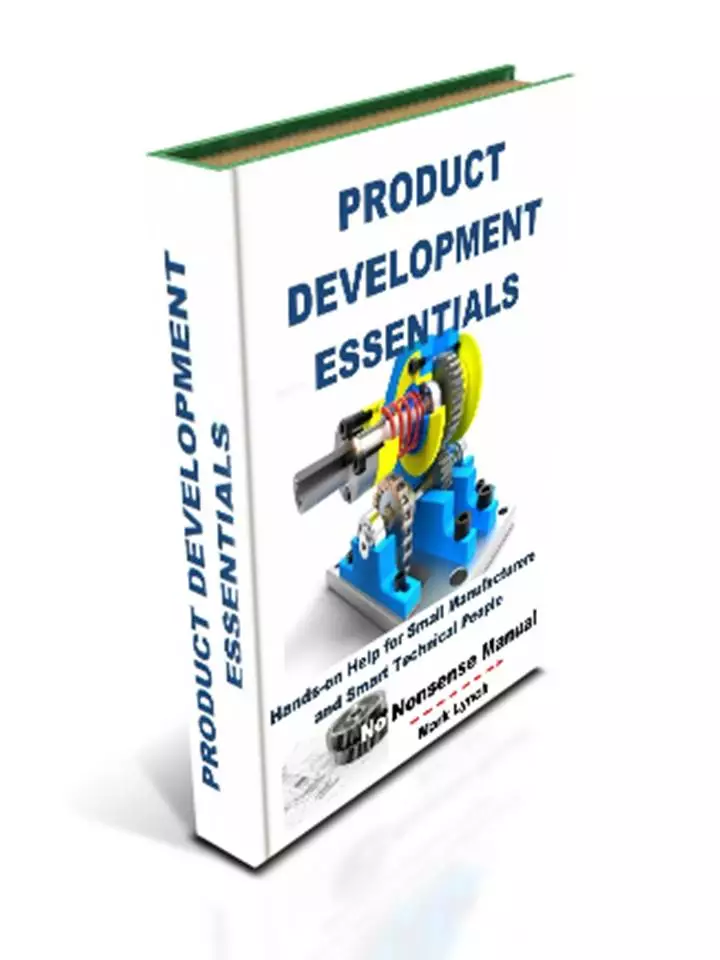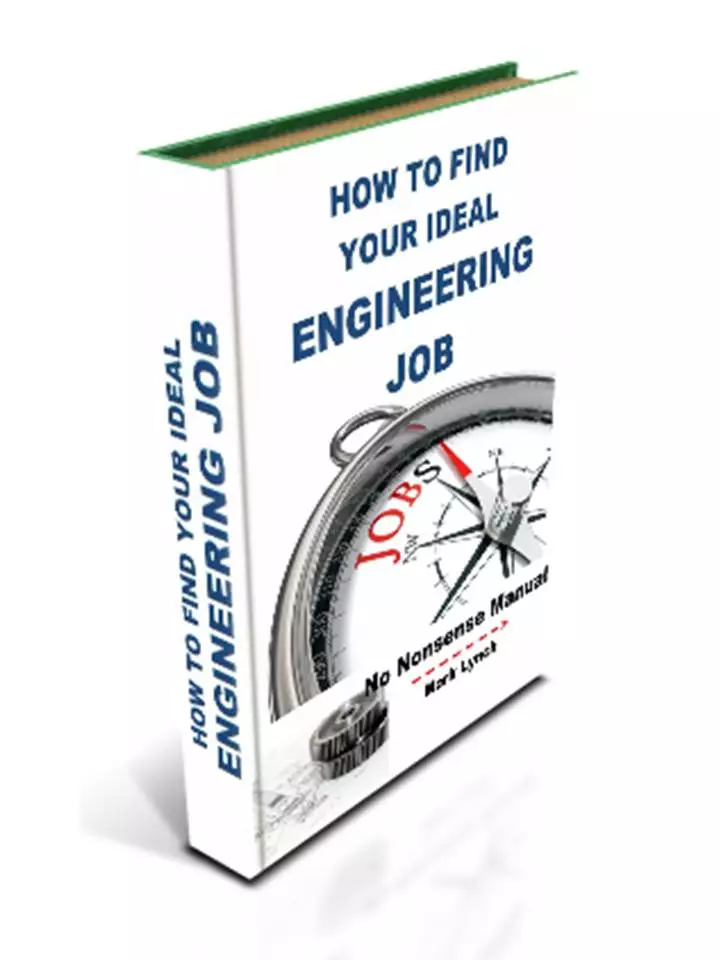'Hands-on Help for SMEs' and Smart Technical People'
The 7 Wastes
Lean Manufacturing Tools and Techniques
The reduction and elimination of waste is core to lean manufacturing. But what do we mean by waste? What types of waste exist? Well 7 types of waste (or Muda) were originally classified by Taiichi Ohno, the Chief Engineer at Toyota. By reducing waste in all its forms, processes become more efficient, more productive and produce fewer defects. As we’ve seen lean manufacturing is all about adding value for the customer. Waste does not add value. So when we eliminate waste, by definition, we add value. Let’s take a look at the different types of waste.
7 Wastes typically found in a manufacturing environment
Overproduction
The waste of overproduction occurs when ‘too much’ is produced ‘too early’. People will naturally overproduce ‘to be on the safe side’. The problem here is what is produced is not linked to what the customer actually demands. If it was, the business would only supply what was required and so not waste anything. Overproduction takes more time, uses more resources, requires more storage space and needs more work-in-progress. Naturally all this requires more money (do you recognise this in your firm?) Overproduction hinders smooth ‘one piece’ flow which makes it more difficult to detect defects. Kanban systems deter overproduction, as work can only move forward when the next work station or area is clear and ready to receive it.
Waiting
The waste of waiting refers to queuing, delays and time being used poorly. Any delay, whether it is slowly moving materials, parts, assemblies or people, represents the waste of waiting. Bottlenecks are a common cause of waiting. Continuous flow is the ideal state in lean manufacturing. Waiting and delays are the opposite of this. Consequences include money tied up in inventory, paying employees for standing around and late delivery by suppliers or to customers (sound familiar?) Whereas some waiting may be inevitable, the aim should be to eliminate it as much as possible. During any unavoidable waiting, consider getting employees to do something productive such as preparation for the next task, change-over preparation, cleaning, maintenance or inspection.
Transporting
The waste of transporting occurs when materials, parts and assemblies are unnecessarily moved around in the work environment. The aim should be to minimise the amount of transportation necessary to turn raw materials and delivered parts into the end product. Unnecessary transporting takes time, effort, people, space and potentially equipment. Double handing of materials or parts is a form of the waste of transportation. Why pick something up and move it to more than one location, only to then pick it up again and move it to another position, before it is used? Be conscious of the movement of materials and parts. Visualise them by charting their movement on a plan view of your whole factory. Map something as it comes in and goes to stores, before taking a complicated path through various workstations, and then finally leaving the factory. Could it be simplified and the journey reduced? What is the information and communication necessary to accompany this journey and by who, at what points?
Inappropriate Processing
The waste of inappropriate processing is a reference to having the appropriate equipment to undertake each task in the process. It also includes having the appropriate training, skills, standards and the methods to undertake the process tasks properly. Any process can be broken down into a series of activities with defined quality standards. Select small machines or equipment designed to undertake each specific task correctly. Then arrange them in a layout that minimises transportation. They should operate at the appropriate pace, not too fast and not too slow, so as to minimise waiting and move towards continuous flow. This is preferential to purchasing larger multifunctional machines that never quite do exactly what you want, at a speed that doesn’t work for you. This increases the likelihood of defects and waste. Inappropriate processing is all about minimising the risk of quality issues and waste, by equipping your process with the most appropriate equipment, layout, skills and standards. In turn, this reduces the risk of defects, as your setup is fit for purpose.
Unnecessary Inventory
The waste of unnecessary inventory needs to be minimised for two key reasons. The most obvious one is holding unnecessary inventory ties up cash in materials and parts. This clearly has a detrimental impact on cash-flow - so precious to small manufacturing businesses. To free up these funds, reduce inventory and work-in-progress that resides in stores, batches and buffers in the production process. Just-in-time and Kanban systems assist this. The second reason is unnecessary inventory enables defects and problems to be hidden and not dealt with. For example, it may be tempting to simply throw a defective part back into a full parts bin and take a good quality one instead. Alternatively, you could reduce the inventory (the number of parts in the bin) to reveal the issue and deal with it at its root cause; find out why the part is defective and rectify it.
Unnecessary Motions
The waste of unnecessary motions relates to ergonomic factors and safety in the work place. The working environment should be set up to minimise and ideally eliminate uncomfortable movement for employees, particularly repetitive actions. Examples include bending over, climbing up, stretching, exerting yourself, uncomfortable hand operations, peering to see and repetitive lifting of heavy items. Some motions and movement will clearly be necessary but they should be natural and comfortable. Apart from being potentially dangerous, these motions are distracting and will have an impact on quality (defects) and productivity. Observing people in the work environment and asking questions can quickly unearth unnecessary motions.
Defects
The waste of defects represents the consequence of not performing the task to the right quality standard, the first time. Defects obviously waste money and time. They require costly rework or reject disposal (ring a bell where you work?) However they should be used as an opportunity to make improvements by discovering the root cause and fixing it. This attitude (rather than one of blame) encourages collaborative problem solving and a culture of continuous improvement.
In addition to the 7 original wastes, a new one is sometimes quoted. This is the Waste of Untapped Human Potential. The idea here is all the other wastes are only effective if you get the whole workforce involved. People should start thinking, engaging and collectively working towards common improvement goals. After all, a healthy thriving business is in all employees’ interests; indeed everybody’s livelihood depends on it. Sadly this isn’t the case for all manufacturing operations, where many of the workforce are disengaged and only work to instruction. Management need to create the conditions where people can get involved and make improvements to the part of the process they working on. Lean Manufacturing provides the environment, the incentives, the instructions, the communication and the support to make this happen.
7 Wastes: Explained and defined with practical examples
Next... 5S (including practical tips for applying 5S)
Back to Lean Manufacturing Essentials
Lean Tools - Best Thing Since Sliced Bread?... Or Hugely Overated? What do You Think?...
What is your experience when applying Lean Manufacturing Tools in the workplace? Which ones have you tried and had success with?
Alternatively, which just didn't work, especially in the long term? - Share your story... and get a FREE copy of our report 'Helping You and Your Manufacturing Business Thrive'...
PS: Feel free to name-drop your firm! There's nothing wrong with a bit of free publicity!











